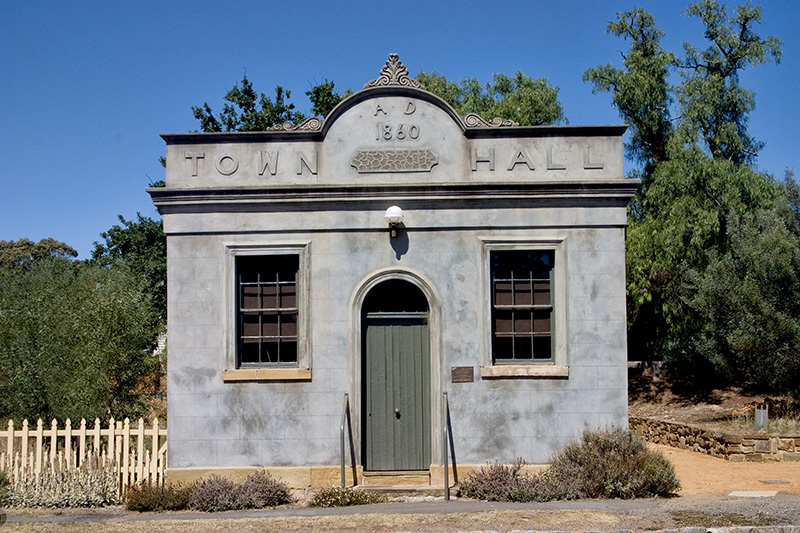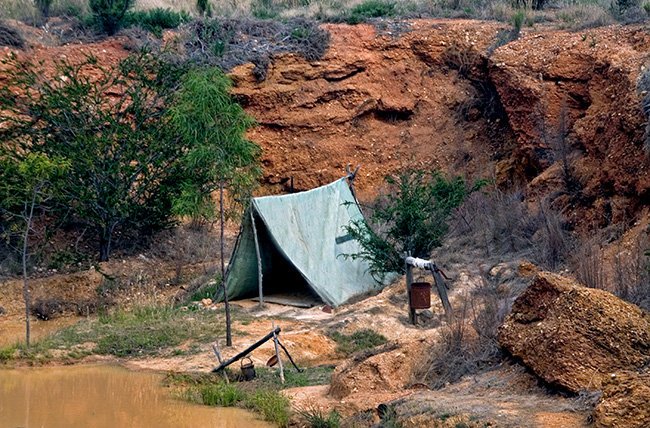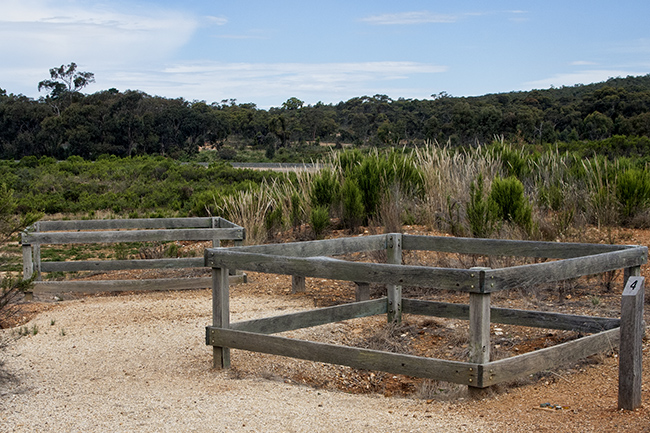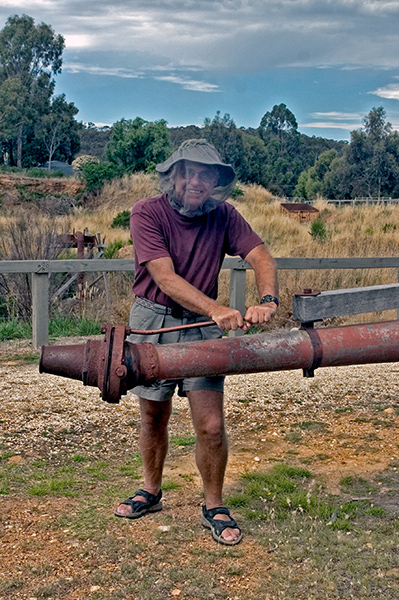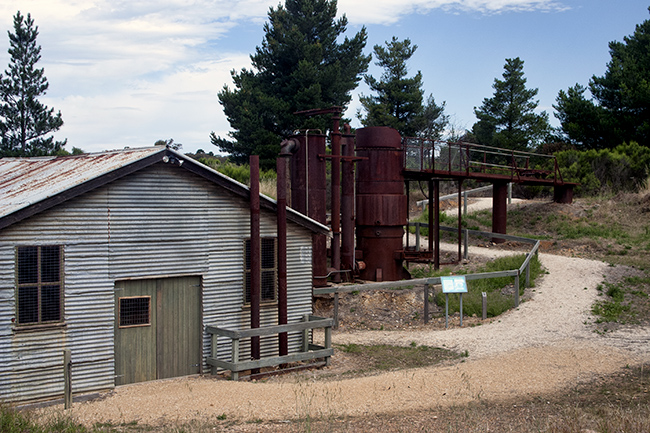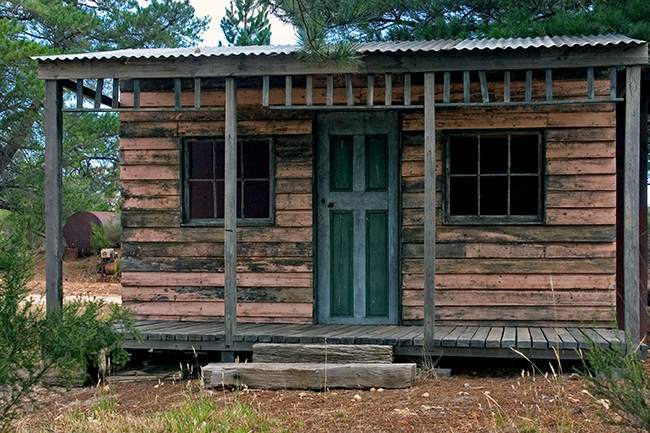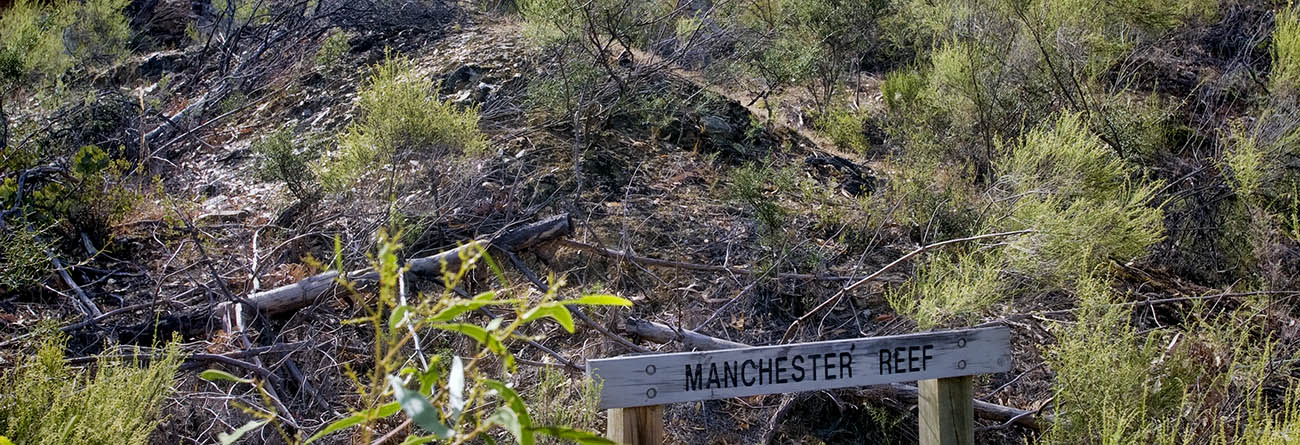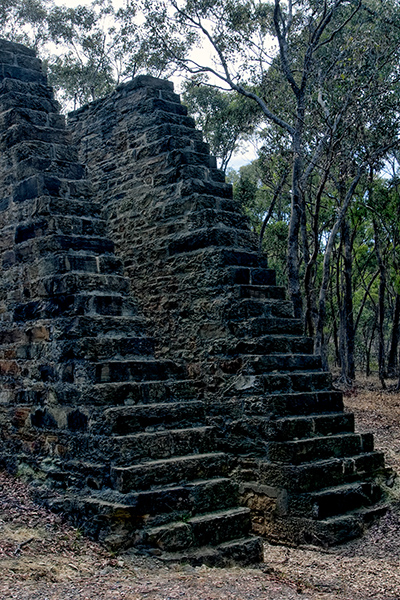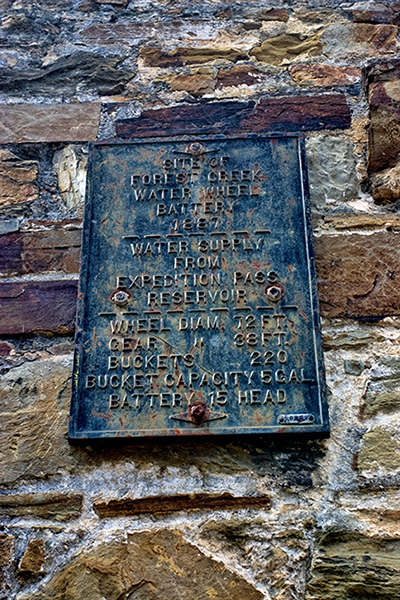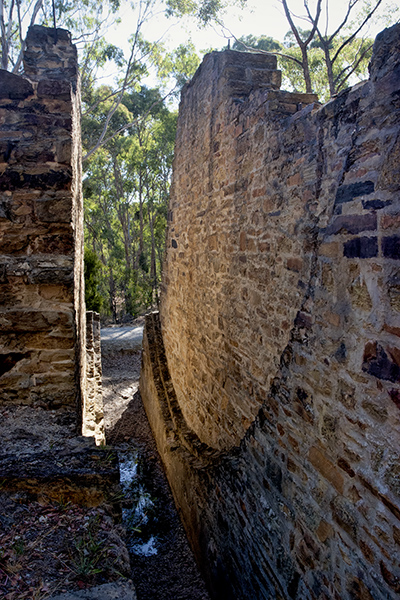|
Eureka
In 1851
shepherds discovered gold in a creek on the Sheep Run of a Dr. Barker.
The local landowners and indigenous Jarra people knew of the gold but
did not want the facts spread further afield as they were not
personally interested in mining it and did not want to instigate a gold
rush on their land. The men were fired and thrown off the land for
trespass. They decided to write to The Argus newspaper
Dear Sir,
I wish to publish these
few lines, that the public may know there is gold found in these ranges
about four miles from Dr. Barker's home station, and about a mile from
the Melbourne road, at the southernmost point of Mt. Alexander, where
three men and myself are working. John Worley, 1 September 1851
By December there were 25,000 diggers swarming over Dr.
Baker's property and the creeks near the town of Forest Creek (now
Castlemaine) which runs through Chewton
There was more gold found in the rush on Forest Creek
than in any other place in the history of the world |
